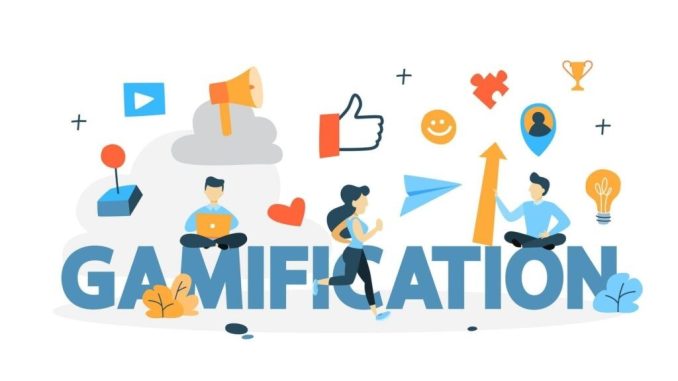
In our time, More and more educators are embracing the idea of gameification. An education how itself that is designed with certain game elements incorporated creatively Throughout the entire study environment, educators are able to develop new ways for students’ studying experiences to go. They take these ideas to build an enthusiasm for learning among students. In This paper focuses on gamifying education–making learning fun from the mere drudgery learning always is, but also correct.
Unveiling Trademark
Refers to placing game design mechanics and systems in non-game ao. contexts with examples being putting points, badges, leaderboards and challenges into a particular activity Through the application of gamification within education, traditional formats of study are changed into interactive experiences that fit naturally with students’ inclination to play games and compete on skill. Paying attention to the lessons in this way makes them more gripping for youngsters.
Allocating Attention
In traditional forms of education, it is frequently the case that teachers fail to catch students’ aggressive. At its lowest point that then leads to unconsciousness and misunderstandings well. Supposing these elements can turn a page from being too dry to quite preservatively informal. But with gamified elements in place, the same educational material can be more interactive and thus appeal to the reader again. For example, a lesson on social studies then becomes an exciting game in which problems about historical events are solved and checkpoints reached. The whole subject has been given a completely new look.
Gamification uses both intrinsic and extrinsic motivation to encourage learners. Leaderboards and other such badges of achievement can inspire a healthy competitive spirit among students. When their progress is clearly demonstrated in a graphical form, this makes learners feel satisfied. Best of all, rewards–be they digital badges/credits one day redeemed for more advantages in taking part and effort spent–are another inducement to get out there and make some ground.
What is advantageous about personalized learning is that it fits in with the tastes of whoever is doing it. Meanwhile, almost all gamifed platforms allow the learner to go slowly at his own pace Even so, students can choose tasks which are challenging (but not impossible) this way. Such custom learning methods will lead to confidence, as well as meet fear levels for exams. If the student is given material which is neither too hard nor too eas, he or she is apt to find he reaches a “flow state” where a great deal of time is spent deeply involved in learning and top performances result.
Immediate Feedback and Assessment
In traditional education, feedback is often received belatedly. Effort is divorced from outcomes. This is where gamification comes in: immediate feedback on one’s performance is given to the learner. Be it mid-quiz scores, or simple web-based simulations that can be a little bit altered according to your own actions–this gives students a real-time feel for just how much they comprehended. Such prompt feedback helps learners locate and fix problems, and fosters an attitude of continual learning.
Fostering Collaboration and Social Interaction
In many gamified learning experiences, the emphasis is placed instead of on everyone working together. Group activities or multi-player online games are good opportunities to learn the skill and importance in today’s interconnected world of cooperation and communication. The elevation of cooperation and communication Through collaborative gamification not only have students learned from the content before them–they have also learned from those who sit next to them on campus-sharing friendships that may carry over to a future workplace (should they one day get there). By a group of students who have become friends in part because some high school teacher happens to teach all their classes together and so is able to keep them above water, when like so many others they might otherwise have floundered Real-World Applications.
From kindergarten through college, gamification has been successful in many educational areas, and corporate training programs have been completely revamped. Such gamified platforms as Classcraft and Kahoot! (Classcraft was developed outside of an educational setting and later trained as an educational tool) have made times that were traditionally labor-intensive examinations into spirited competition-ones impossible for learners to resist. At the same time, anrens and all kinds of other apps are taking education beyond the classroom. They use game elements as reinforcements for a concept taught in school, creating perpetual pleasurable learning experiences. Still others are little more than glorified teachers’ aides but terribly popular in today’s new environment of reconfigured traditional classrooms.
Conclusion
Gamification has emerged as a powerful tool in enhancing students’ educational experience. It not only meets the needs of students with various learning styles, but also serves to create a lively atmosphere conducive both for teaching and learning. The development of technology will mean only expansion of gamification in education, bringing great opportunities to future generations of learners. With these innovative approaches, teachers turn students into lifelong learners – a self-selecting population well-served indeed by our educational system.